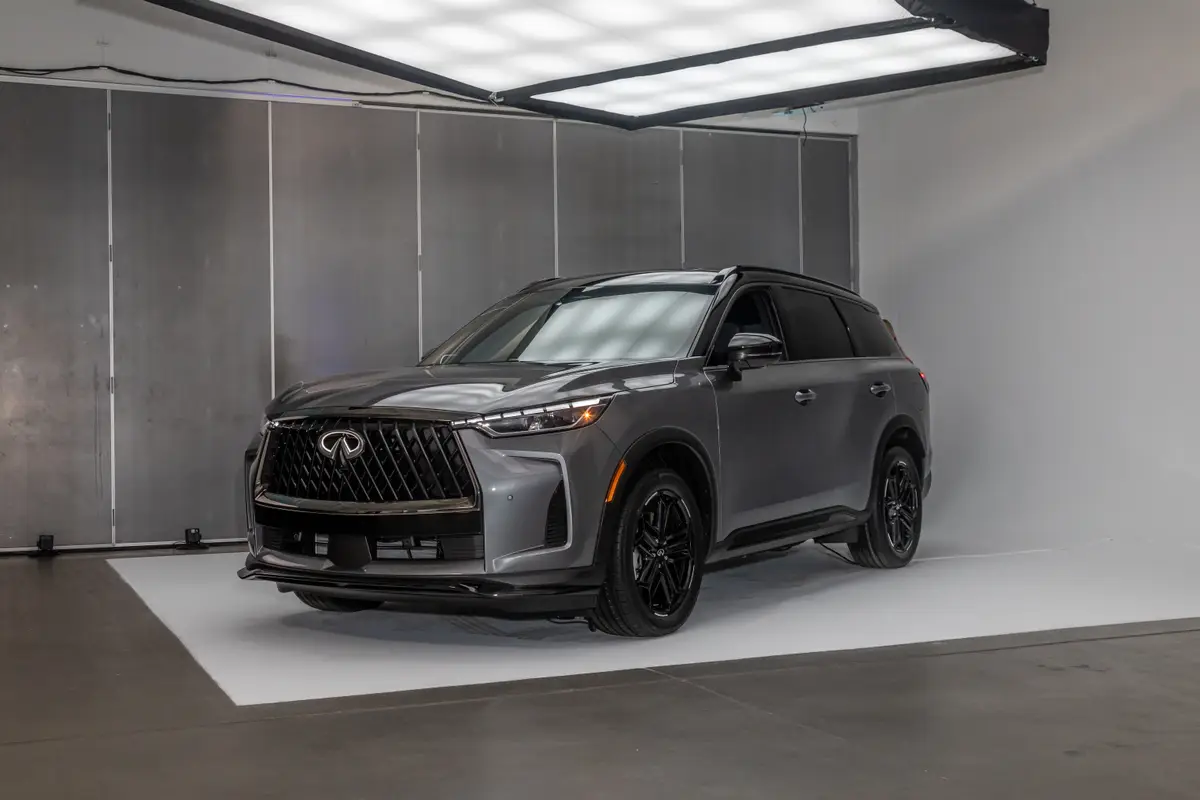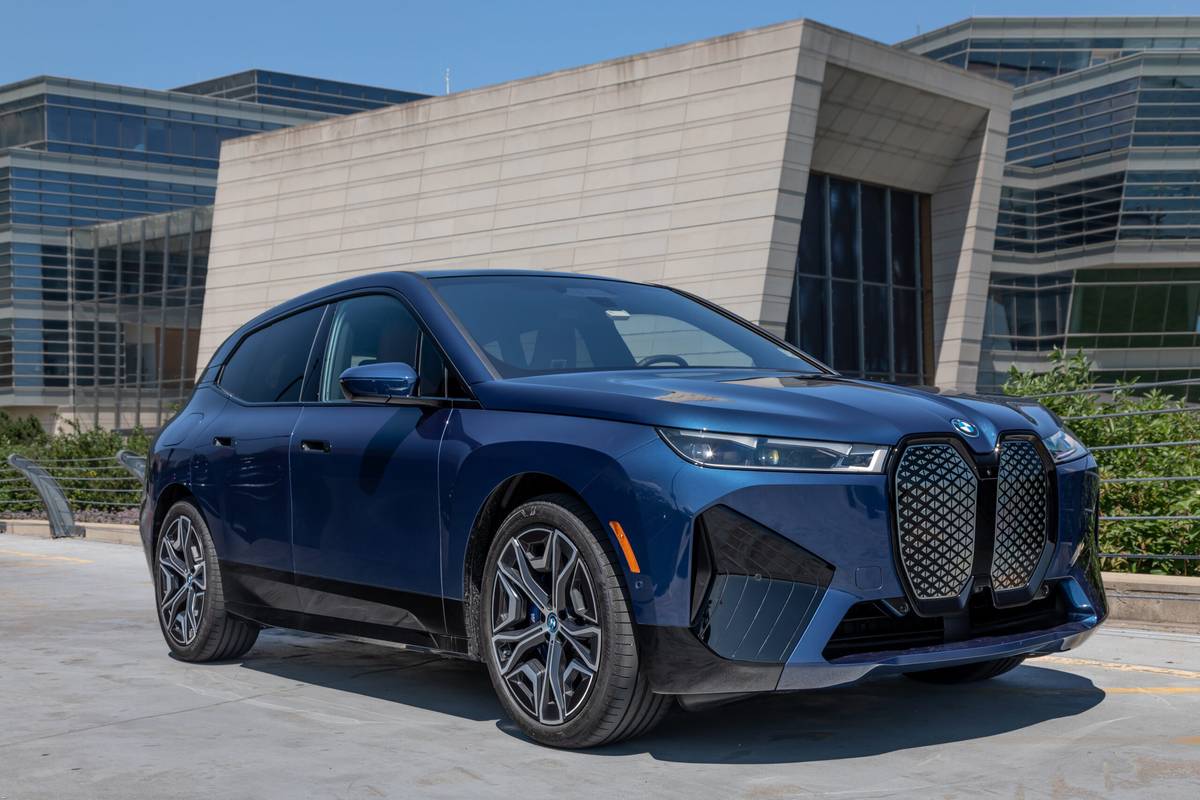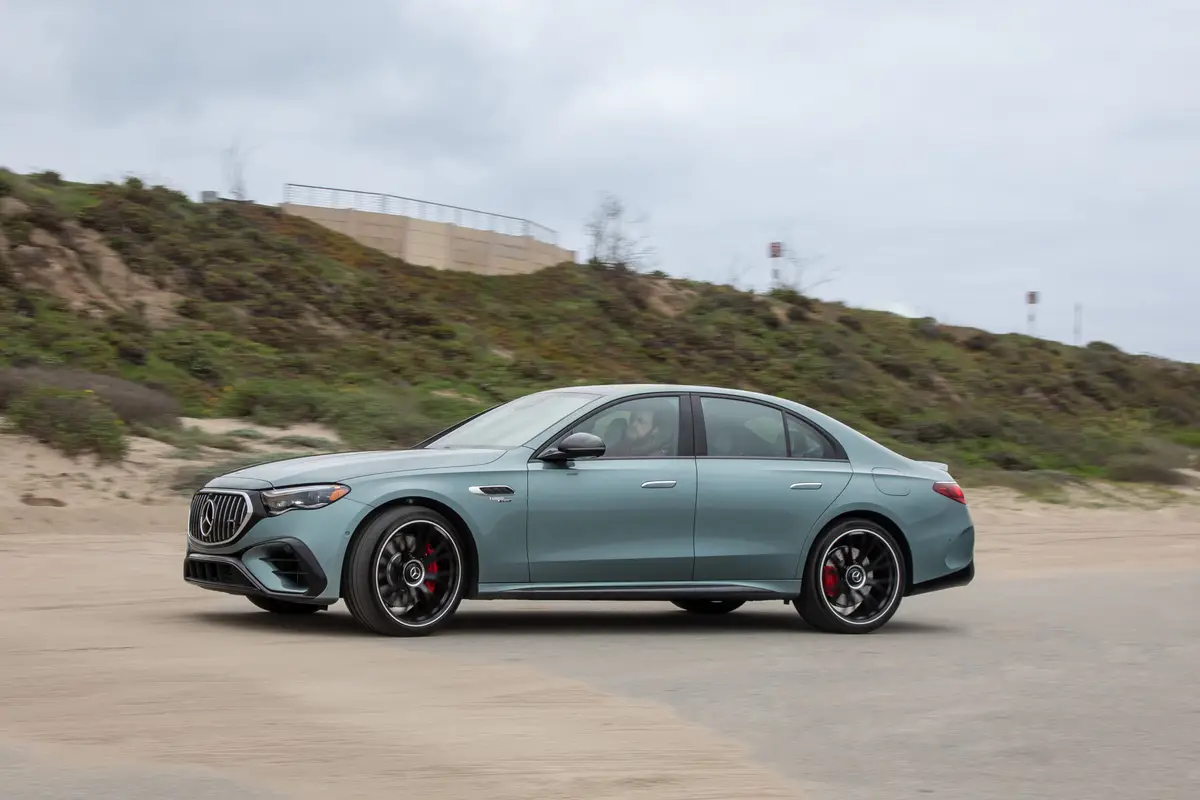Boston.com's view
When I’m not driving a fleet of test cars, I’m usually daydreaming about driving. When I’m listening to Billboard hip-hop, I’m driving in my own money-drenched music video. I read automotive blogs and magazines while eating, and even go so far to match the food to the story (chocolate puts me in a luxury car mood, where a pizza is all performance). I’ve had to deal with this every day since my first Motor Trend subscription at age 9.
So it’s no surprise — two weeks before being handed a $200,000 Mercedes for three days — I was searching YouTube videos for “sls exhaust” and replaying the same pixilated clips of random people revving the snot out of the 2011 SLS AMG. Try going to bed after hearing that.
If you don’t take Jalopnik with your morning coffee, or don’t know your basic automotive history of the past 60 years, let’s refresh now. The SLS is a full-crank supercar, the first Mercedes to be entirely designed and built by their racing arm, AMG. It shares the SL moniker of the classic two-seat luxury convertible, and its form pays tribute to the famous 300SL gullwing coupes that raced in the 1950s.
But this isn’t a modified SL like the equally pricey SL65 AMG or the $300,000 Black Series, both compromised by too much power, weight, and an old 5-speed transmission. It’s not a retromobile, either. It also has nothing to do with the SLR McLaren that ceased production last year, a butterfly-door exotic that, pound for pound, is just as quick as the SLS for more than double the price.
The fastest car I’d ever driven at this point was the Tesla Roadster Sport, which pulls nearly as hard to 60 miles per hour on batteries as the SLS does with an enormous, 6.3-liter V-8. But internal combustion delivers a glorious aural experience that whirring electrons, well, anyone who rides the T can finish this sentence for me.
I’m in Newport, R.I., at the city’s annual Concours d’Elegance, to feel the SLS in the flesh. Mark Hurwitz, a smooth-talking, thick-bearded guy in a grey suit, white baseball cap, and white sneakers, runs the show. His dress sums up the mash of styles on display.
At one side of the lawn are a half-dozen 300SL coupes and roadsters, chrome and leather shining. At the other are a pool of modern exotics — GT-Rs, 911s, F430s, and a shameless Murcielago wearing yellow and black wheels with a lemon zest of an interior.
I wondered if the SLS, too, would be doomed by tacky vents and hood strakes. Would that short tail flow with its upright, almost boxy cabin? I wasn’t sure yet.
Automobile Magazine’s Robert Cumberford, whose design school rhetoric I often can’t understand but nod my head to, destroyed this car in his January column. “The SLS is a poor example of the blunt-instrument school of design,” he wrote. “It’s neither sufficiently brutal nor adequately elegant to stand out from the crowd, nor does it seem to have been created with a clear aesthetic goal in mind.”
Really? Most people who stopped me in the SLS were in such shock they couldn’t describe what they were seeing. A state trooper by Neponset Circle in Dorchester couldn’t stop shaking his head, uttering “what the [expletive]” as he snapped photos while on duty. I let the engine sing a little, he said it again, dumbstruck, and then chided me to “get the car washed, for crissake.”
No one needs a RISD degree to appreciate what’s going on with the SLS. The squat, wide stance, the gentle curve of the aluminum as it moves from the windows down to the concealed door latches, those delicate 19 and 20-inch 7-spoke rims. Its cab-rearward layout is more extreme than a Ferrari 599, and unlike most modern Ferraris it doesn’t appear to be drawn and spliced for the wind-tunnel.
The creased and vented hood is a formidable pontoon and appears 1.5 times longer than in photos. Raise it — it’ll stand nearly 90 degrees tall — and the engine bay is all symmetry: two air intakes flank the dry-sump oil tank in the center, and against the firewall is that 563-horsepower V-8. Trace a line from the Mercedes emblem on the engine cover, which has a signed plaque from its builder, all the way to the nose and you’ll feel that center crease perfectly aligned, along with the other two Mercedes logos. No cross braces interrupt this delicate balance — you need to dig deeper to find them. Peer under the radiator and you’ll see a fat Eibach sway bar.
If my bachelor’s in journalism is worth anything, I’ll have to disagree with Cumberford. The SLS, as the British say, is a bit of alright.
On the drive out of Newport, I know people are staring, but I’m trying to preserve my teeth as I steer the SLS over patches of grooved pavement and hard bumps. As I crawl in first gear, I feel like a runner who’s all warmed up but is only allowed to jog around a walk-in closet.
The dual-clutch 7-speed transmission won’t let me shift into second, not even in manual mode. Even with the dial on “comfort”, the transmission won’t allow a second-gear start, so coming off the throttle at low speeds is always jerky. If that weren’t enough, the non-adjustable suspension is telling me, through uncomfortable vibrations, bangs, and kicks, how much it’s hating this road. I’m glad this car doesn’t have the optional “track-calibrated” suspension.
I’ve skipped the patchy, congested roads in eastern Massachusetts and headed to Connecticut, where there are dozens of well-paved back roads that no one drives on. The SLS is a wide car, but dances around these two-lane sweepers like a squirrel claws up a tree. It feels natural to grip this tight, brake this hard into corners, and transfer weight without any noticeable roll. Despite the twin clutches, this DCT is an automatic at heart, hence the half-second lag between clapping the metal paddles and acknowledging a shift.
Leave it to the car and it’ll fire off a burst of smooth upshifts. While a true manual would have sweetened the ride, the brutal, rev-matched downshifts and their crackling roar from the exhausts make the case for computer control. On the open road, the ’94 Camry on my tail and the guy hanging out the window with his camera phone don’t care about that, anyhow.
After 200 miles, it’s now midnight and time to tuck this beast into my parent’s garage, the parking sensors freaking out as I inch toward the lawn chairs on the wall. Normally I can’t stand these beeps, but since the hood stretches to infinity I welcome them.
I go upstairs to swallow a pound of rib-eye and a side of salty potatoes. There’s no point in reading a car review with my meal this time. I’m full, tired, and there’s a supercar cooling off in the basement, ready for me first thing tomorrow. Lights out. I’m writing my own story.
Next: Bostonians gawk at the Aquarium, the author tries to be VIP and gets kicked out of a club, and more with the 2011 SLS AMG.
Latest news



